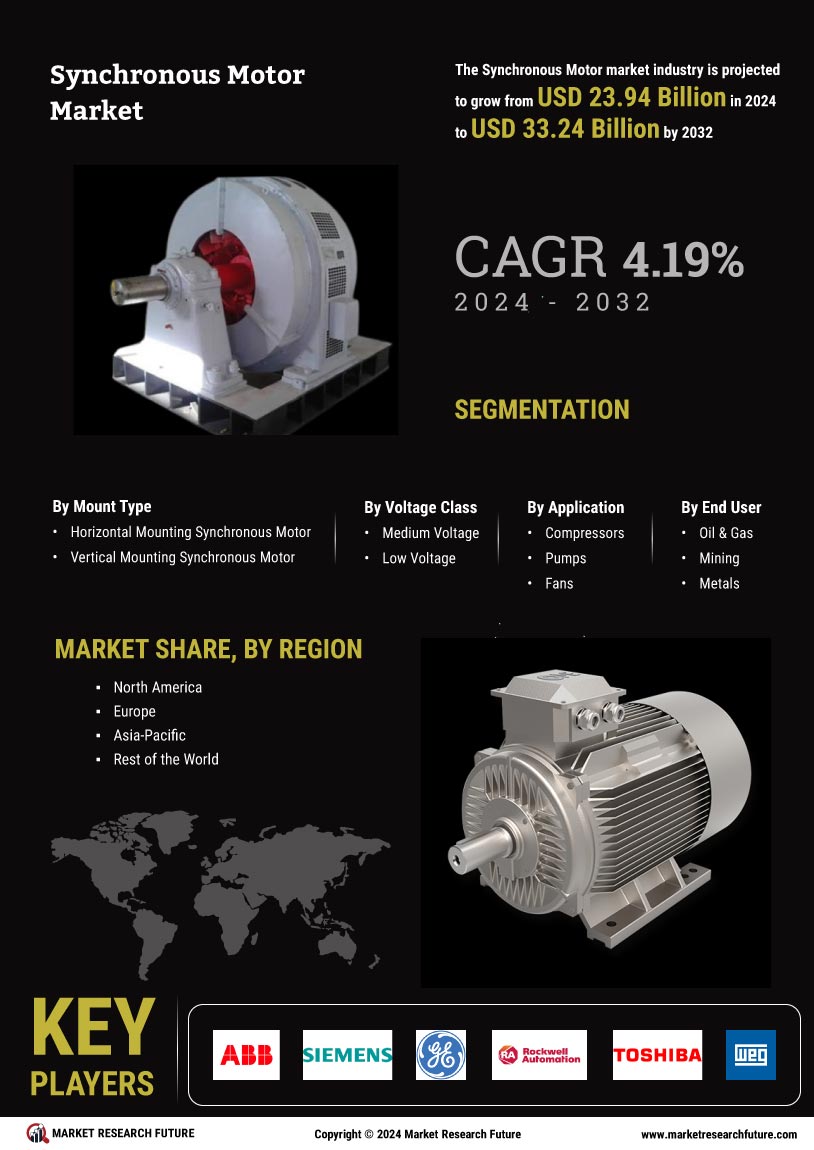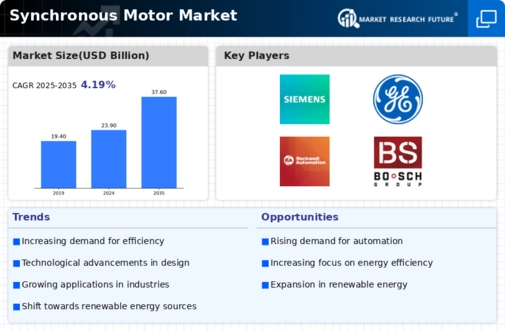May 2020: ZCL Group developed a YRKK series high voltage wrapping type slip ring induction motor for industrial consumers in Russia. Our company manufactures this series of high voltage slip ring induction motors in accordance with international slide ring motor standards and the specific customization needs of our customers.
July 2019: Hyundai has introduced the Kona, an electric SUV, to the Indian market. A permanent-magnetic synchronous motor that generates approximately 395 Nm of torque is utilized by the vehicle. Companies engaged in the production of electric vehicles prioritize the use of synchronous motors to deliver outstanding efficiency and performance.
April 2019: Tesla recently unveiled a new motor technology for its Model S lineup that is anticipated to increase range by 10%. The motor technology is referred to as a synchronous motor with a permanent magnet or synchronous reluctance motor.
December 2023
The board of directors of Bondada Engineering has authorized the acquisition of a 60% stake in Atpole Technologies (ATPOLE) for Rs 2.19 crore in cash.
ATPOLE is an industry-leading producer of torque controllers and motors for industrial, defense, and two- and three-wheeled vehicles. In addition to sophisticated torque controllers, they specialize in the design, development, and manufacturing of brushless dc (bldc) and permanent magnet synchronous motors (pmsm). As of November 2023, its revenue amounted to Rs 15.08 lakh.
Given that Atpole Controllers is a prominent manufacturer of sophisticated torque motors and acquisitions for EV 2&3 Wheelers, Drones, Defense, and Industrial application motors, the acquisition will aid the company's foray into the renewable energy sector. After this, the Company intends to significantly expand its presence in the extant BLDC motor business segment by leveraging its energy businesses to provide services to all electric vehicle manufacturing companies.
By completing this acquisition, the organization would advance its renewable energy objectives and promote energy conservation.
60% of the paid-up share capital of ATPOLE will be acquired by the company in the form of 30,000 equity shares for a total financial consideration of Rs 2.19 crore.
The completion period may extend to a maximum of ten days from the date of this disclosure, according to the company.
Bondada Engineering operates as an infrastructure firm specializing in operations and maintenance (O&M) and engineering, procurement, and construction (EPC) for clients in India's solar energy and telecommunications sectors.
In H1 FY24, the consolidated net profit of the company amounted to Rs 14.69 crore, a significant increase from the Rs 4.35 crore recorded in H1 FY23. H1 FY24 net sales increased by 152.8% year-over-year to Rs 295.72 crore.
Friday, December 29, 2023, saw the scrip close at Rs 397.25, a 5% increase.
















Leave a Comment